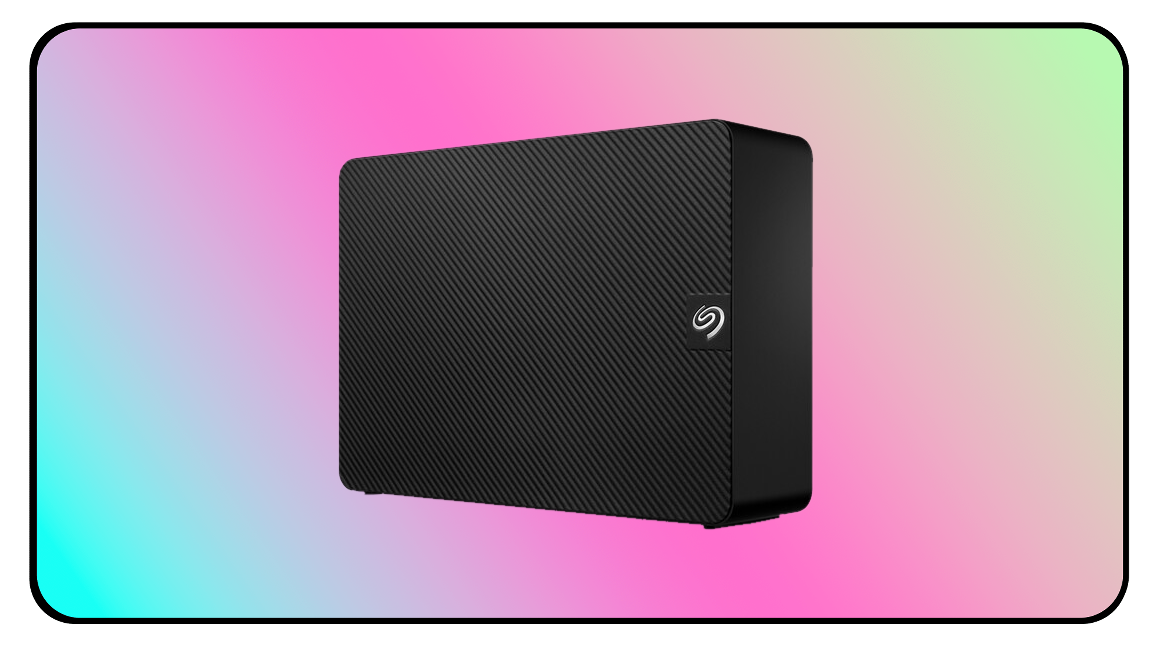Asus has finally officially introduced its flagship graphics card: the ROG Matrix GeForce RTX 4090. The board comes with the highest out-of-box AD102 GPU clocks, ultimate tweaking ability, a sophisticated voltage regulating module (VRM), an advanced cooling system, and extreme overclockability. Asus has plenty of reasons to suggest this is the world’s best graphics card — and it’s got a price to match. The ROG Matrix RTX 4090 carries a recommended price tag of $3,199, which is twice Nvidia’s GeForce RTX 4090 MSRP of $1,599.
The Asus ROG Matrix GeForce RTX 4090 is based on the AD102 GPU with 16,384 CUDA cores that come with a 2700 MHz maximum frequency out-of-box (up from 2520 MHz, recommended by Nvidia). These CUDA cores are mated with 24GB of 21 GT/s GDDR6X memory. The graphics card relies on a custom printed circuit board (PCB) with a 24-phase VRM with high-current power stages and one 12VHPWR connector that can deliver up to 600W of very clean power to the GPU. The PCB has numerous sensors, which allow it to monitor the temperature of the GPU, memory chips, VRM, coils, and even PCB itself.

The graphics card features an all-in-one cooling system with a custom-engineered cold plate that cools the GPU, memory, and VRM, as well as an embedded pump, 700mm of tubing, and a 360mm radiator. To maximize heat transfer from the graphics processor to the cooler, Asus uses liquid metal thermal interface material (TIM) — an industry first for a GPU. The cooling system also has magnetic, daisy-chainable fans with RGB lighting, which allow for minimal cable clutter.
Premium hardware isn’t the only strength of the Asus ROG Matrix RTX 4090. The manufacturer also amplified its GPU Tweak III software with more monitoring and overclocking features that take advantage of the card’s extra capabilities and sensors. The program allows the user to set a power target, increase GPU voltage, set the GPU boost clock, adjust the voltage/frequency curve, modify the memory clock, and change the fan speed. Meanwhile, the Thermal Map capability provides real-time temperature readouts across the card, while the new mileage feature tracks the card’s usage at different power levels.
An interesting feature is that the card supports Power Detector+, which reads the 12VHPWR connector and measures currents across all power wires to detect any anomalies (advising the user to reseat the cable, if necessary).
“The ROG Matrix GeForce RTX 4090 is an overclocker’s dream,” says a statement by Asus. “In fact, since this card was unveiled at Computex, it has claimed three World Records and five Global First Place records for a total of seven overclocking records in 3DMark11 Performance, 3DMark Fire Strike Extreme, Unigine Superposition 1080p Xtreme, 3DMark Time Spy Extreme, 3DMark Port Royal, GPUPI v3.3 1B, GPUPI v3.3 32B, and Unigine Superposition 8K Optimized.”
Indeed, without any modifications, Asus’ ROG Matrix GeForce RTX 4090 broke the 4 GHz GPU clock barrier earlier this year, so the company isn’t wrong — this board does appear to be an overclocker’s dream. But while it’s certainly faster than any other RTX 4090 currently on the market, the ROG Matrix GeForce RTX 4090 also costs twice as much as a regular RTX 4090. It’ll probably be hard for many to justify spending an extra $1,600 on the extra performance, even if they’re into overclocking.
The Asus ROG Matrix RTX 4090 is, obviously, not for everyone. It’s a limited-edition product aimed at die-hard overclockers who are looking to squeeze every last drop of performance out of their hardware. It’s for people who actually enjoy tweaking their systems to gain a couple of points on a benchmarking test. Naturally, that also makes it perfect for bragging rights.







